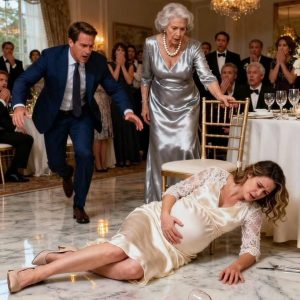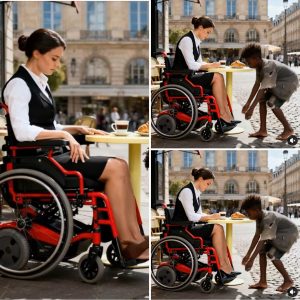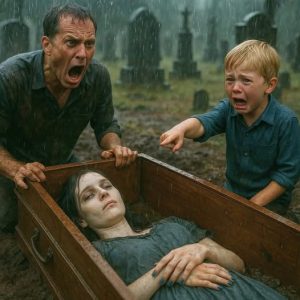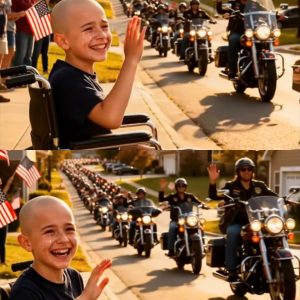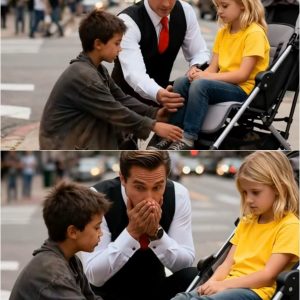“No one came to claim the body.”
Those were the words that haunted Tom Harris, the funeral director in Dayton, Ohio, as he stared at the manila file on his desk. Inside it was everything known about James “Jim” Ralston, a 68-year-old Vietnam veteran who had died quietly in a homeless shelter. No family had come forward. No friends. No one.
Tom had made the usual calls to next of kin—two adult children listed on the paperwork. Both refused to take responsibility for their father’s remains. “We haven’t talked to him in years,” the son said before hanging up. The daughter never even answered.
By law, Tom could authorize a simple, state-funded cremation. It was supposed to be quick, efficient, and quiet—just another forgotten soul. But something about Jim’s file made him pause. The worn Army photo tucked inside showed a young man standing tall in uniform, pride in his eyes. Tom couldn’t shake the feeling that a man who once served his country deserved more than an empty goodbye.
That night, after closing the funeral home, Tom wrote a short post on Facebook:
“We’ll be laying to rest a Vietnam veteran this week with no family to attend. His name was James Ralston. If anyone would like to come and pay respects, the service will be held Friday morning. No one should be buried alone.”
He didn’t expect much. Maybe one or two neighbors, maybe a few retired soldiers from the local VFW. But by the next morning, his phone began to buzz non-stop.
Messages poured in from all over Ohio. Veteran groups, motorcycle clubs, and strangers wanting to know the time and place. Among them was Mike Donnelly, leader of the Patriot Riders of America. When he saw the post, he sent one message to his crew:
“A soldier’s going home alone. Let’s change that.

